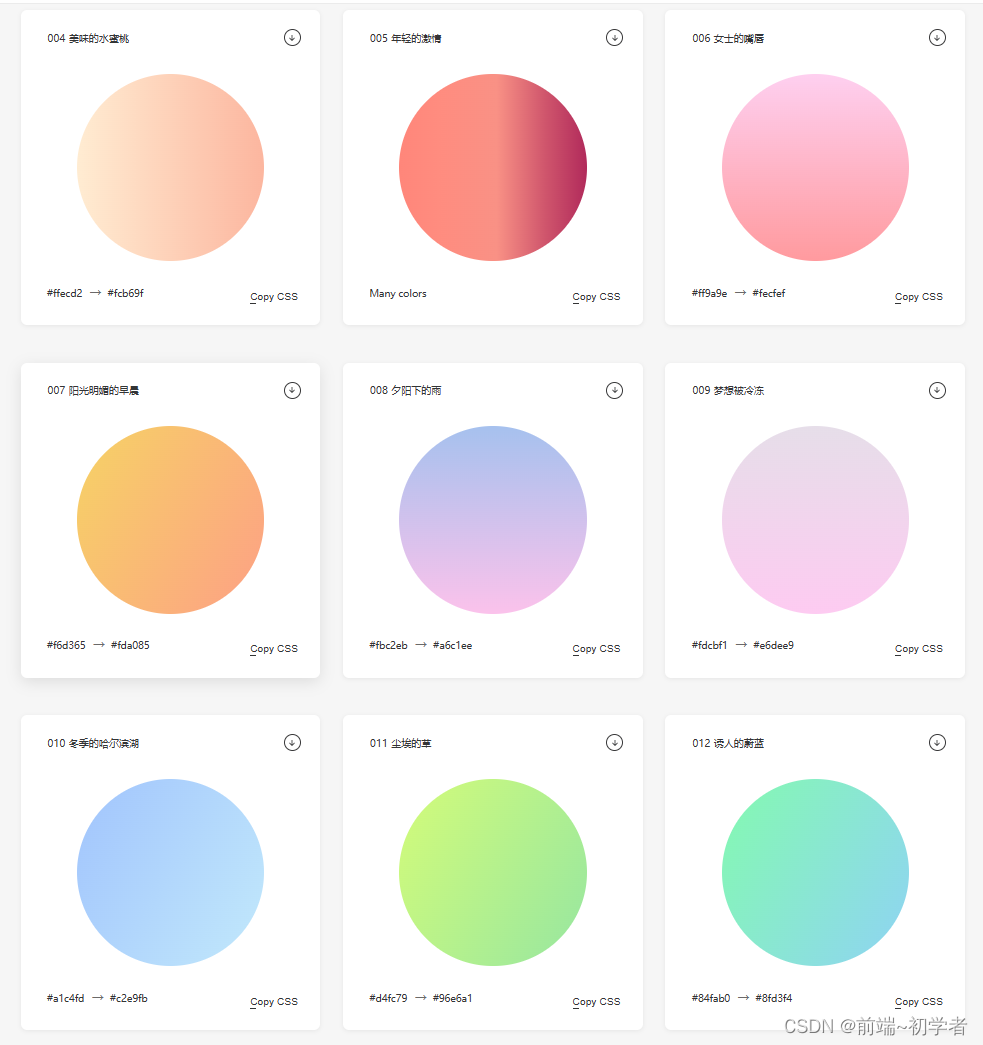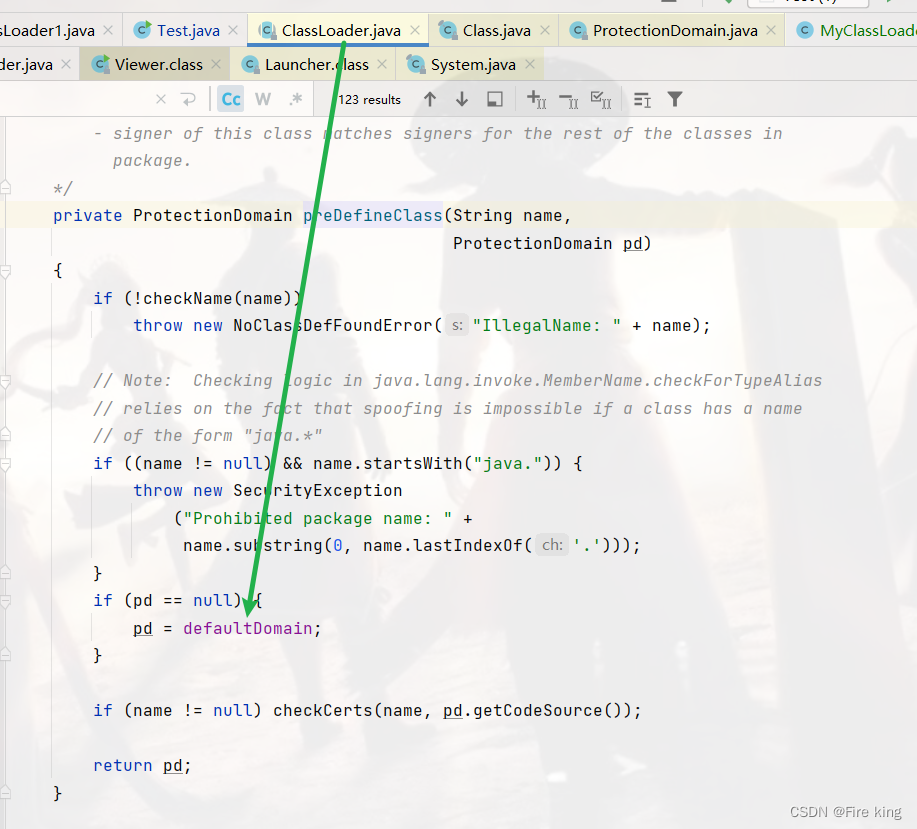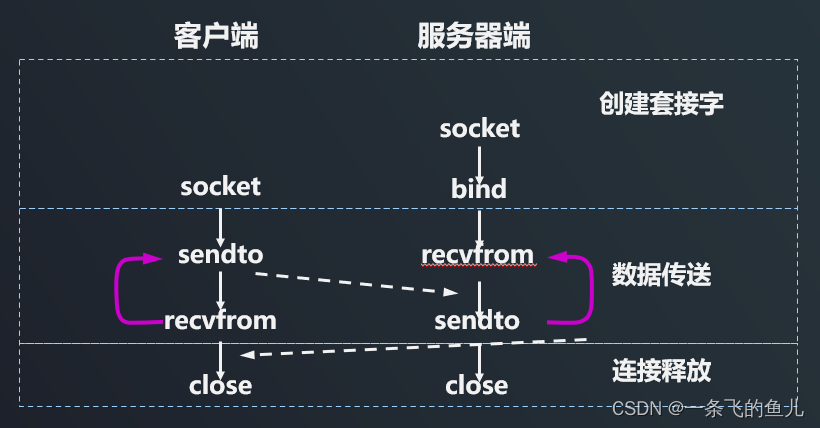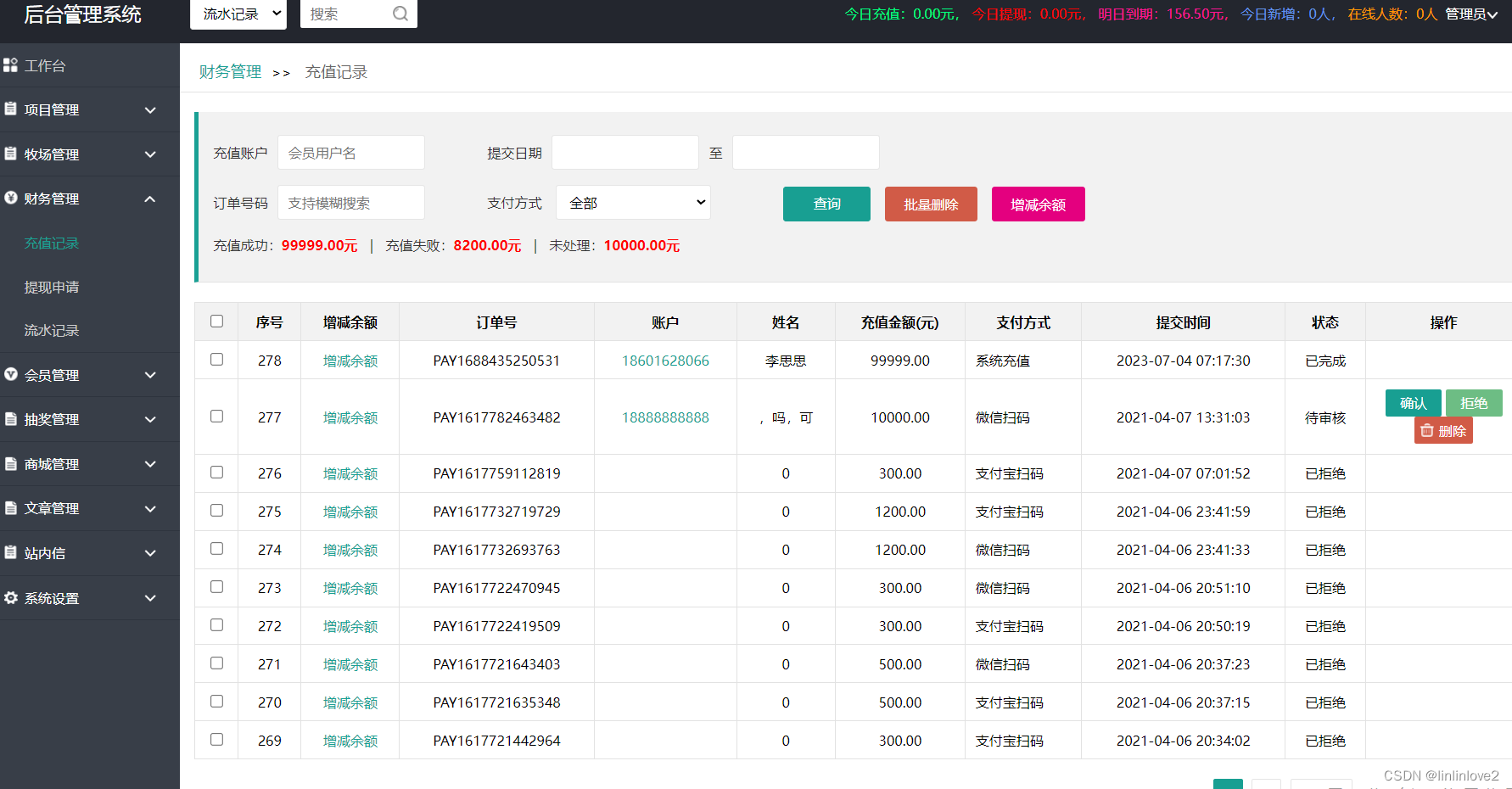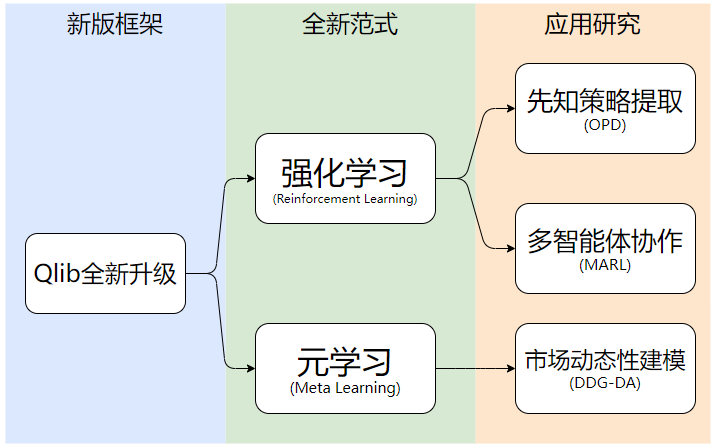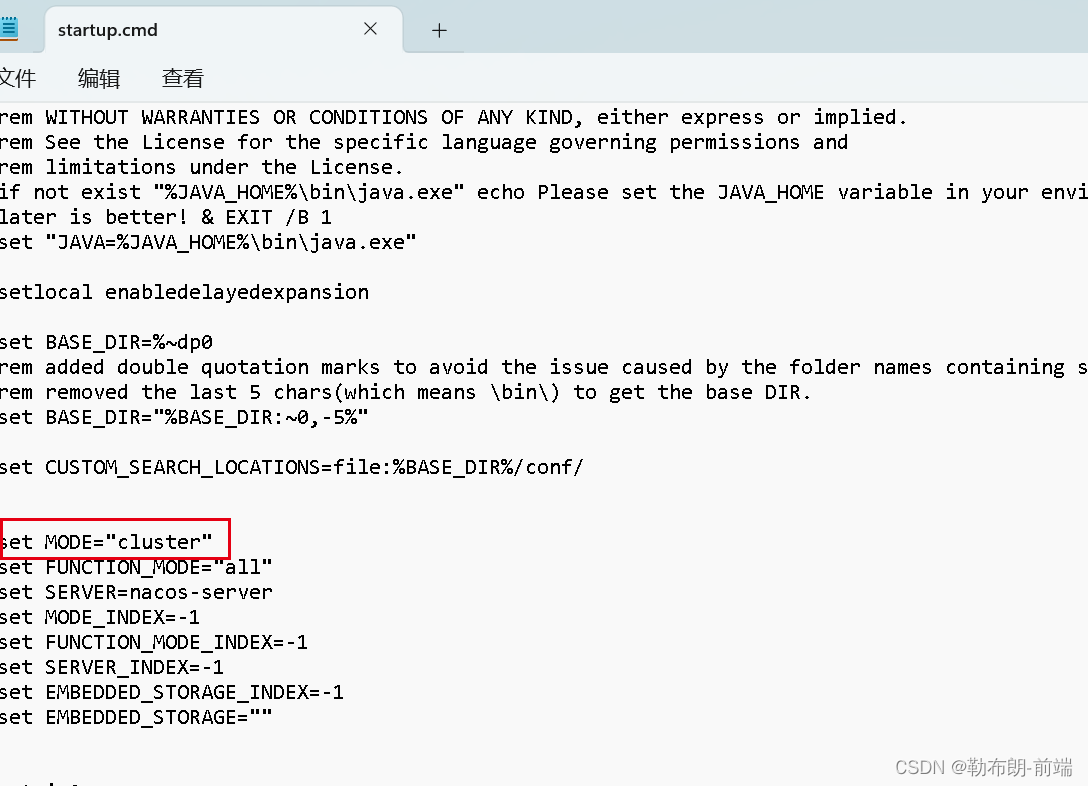案例1——做出如下图的框架
提示:用ul li来完成

代码:
<!DOCTYPE html>
<html lang="en">
<head>
<meta charset="UTF-8">
<meta name="viewport" content="width=device-width, initial-scale=1.0">
<title>Document</title>
<style>
* {
margin: 0;
padding: 0;
}
li {
list-style: none;
}
.box {
width: 1226px;
height: 285px;
background-color: pink;
margin: 0 auto;
}
.box li {
width: 296px;
height: 285px;
background-color: purple;
float: left;
margin-right: 14px;
}
/* 第4个小li不需要外边距 */
/* 这里必须写 .box .last 要注意权重的问题 */
.box .last {
margin-right: 0;
}
</style>
</head>
<body>
<ul class="box">
<li>1</li>
<li>2</li>
<li>3</li>
<li class="last">4</li>
</ul>
</body>
</html>

案例2——做出如下图的框架

代码:
<!DOCTYPE html>
<html lang="en">
<head>
<meta charset="UTF-8">
<meta name="viewport" content="width=device-width, initial-scale=1.0">
<title>Document</title>
<style>
.box {
width: 1200px;
height: 460px;
background-color: papayawhip;
margin: 0 auto;
}
.left{
float: left;
width: 230px;
height: 460px;
background-color: pink;
}
.right{
float: left;
width: 970px;
height: 460px;
background-color: skyblue;
}
</style>
</head>
<body>
<div class="box">
<!-- .left+.right -->
<div class="left">左</div>
<div class="right">右</div>
</div>
</body>
</html>

案例3——综合以上2个案例做出如下框架

代码:
<!DOCTYPE html>
<html lang="en">
<head>
<meta charset="UTF-8">
<meta name="viewport" content="width=device-width, initial-scale=1.0">
<title>Document</title>
<style>
.box {
width: 1226px;
height: 615px;
background-color: papayawhip;
margin: 0 auto;
}
.left {
float: left;
width: 234px;
height: 615px;
background-color: greenyellow;
}
.right {
float: left;
width: 992px;
height: 615px;
background-color: skyblue;
}
/* 利用子代选择器 */
.right>div {
float: left;
width: 234px;
height: 300px;
background-color: pink;
margin-left: 14px;
margin-bottom: 14px;
}
</style>
</head>
<body>
<div class="box">
<div class="left">左</div>
<div class="right">
<div>1</div>
<div>2</div>
<div>3</div>
<div>4</div>
<div>5</div>
<div>6</div>
<div>7</div>
<div>8</div>
</div>
</div>
</body>
</html>



